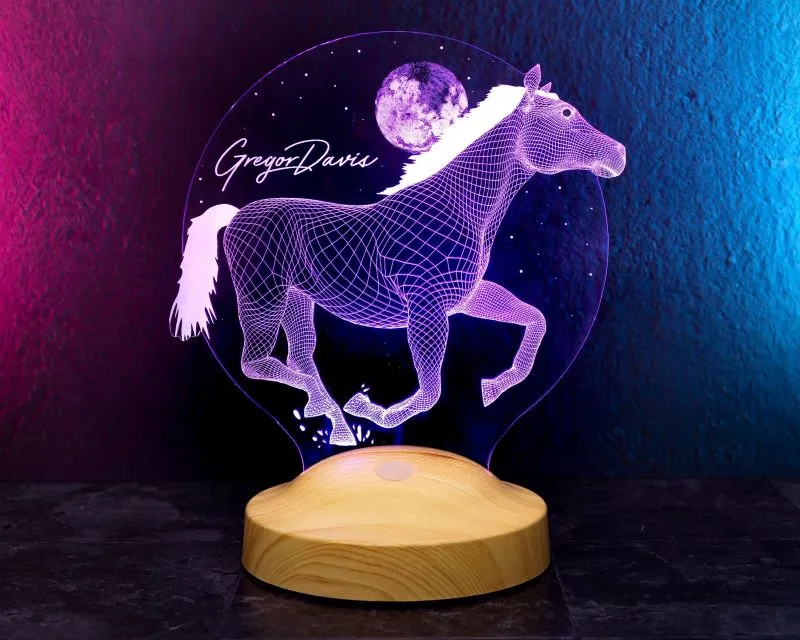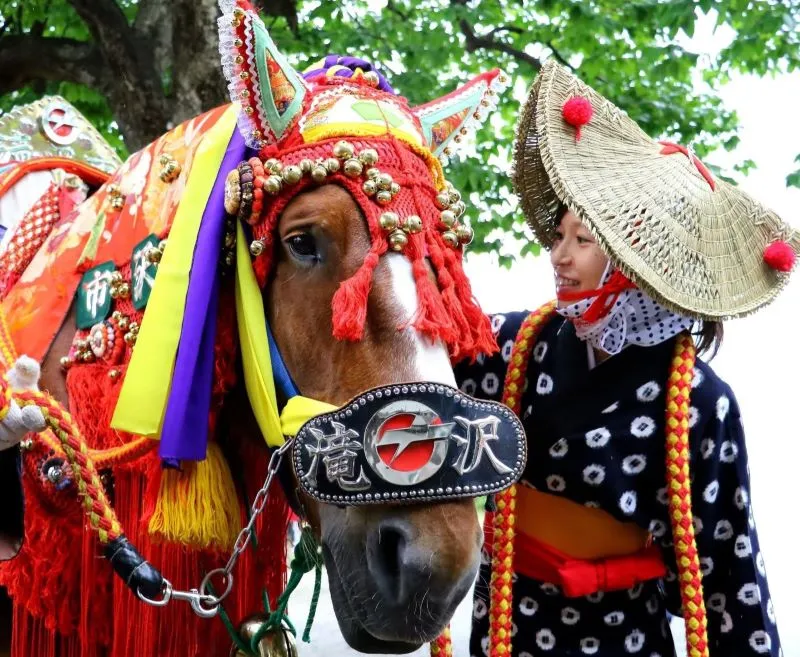
When I lost my mare Dahlia, I thought the way I said goodbye was the only way—burying her near the edge of the pasture and placing a simple wooden marker under the old oak tree. But as I connected with other horse owners around the world, I discovered that every culture has its own beautiful traditions for honoring horses. From stone monuments at ranch gates to quiet ceremonies at dawn, the ways we remember our companions are as diverse as the landscapes they once roamed.
In this article, I’ll share how horse owners across different countries and cultures keep their companions’ memories alive. Whether you’re looking for inspiration for your own tribute or simply curious about the customs of fellow equestrians, you might find that these traditions carry the same message—gratitude, respect, and love for a friend who will never be forgotten.
Table of Contents
North America – Ranch Traditions and Practical Memorials
In the United States and Canada, horse memorials often reflect the deep working partnership between people and horses. On ranches, it’s common to see a memorial stone or plaque at the main gate, sometimes engraved with the horse’s name, brand, and years of life. These stones often become part of the ranch’s history, seen by everyone who rides in.
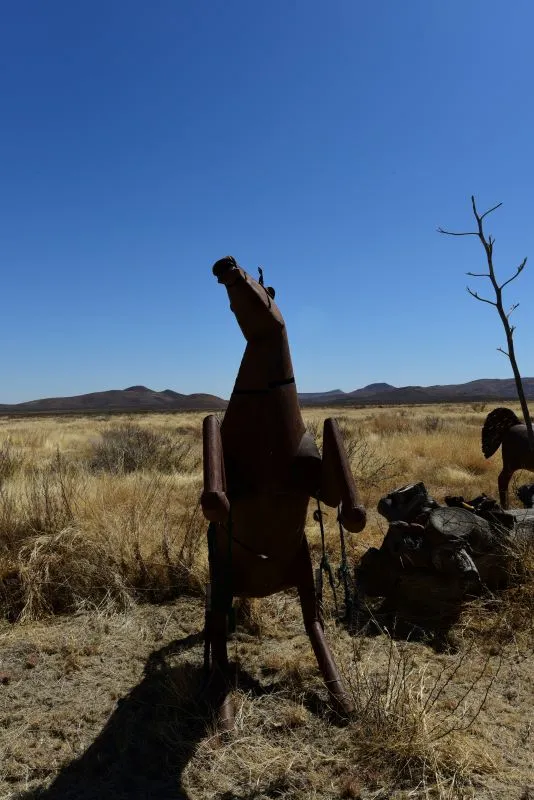
Some owners create dedicated areas on their property—a small fenced section of pasture with a wooden cross, a favorite saddle displayed in the barn, or a horseshoe mounted on a plaque. Horsehair keepsakes, such as braided bracelets or keychains, are also a popular way to keep a tangible connection to a beloved partner.
In more public settings, equestrian clubs or showgrounds may install benches, plant trees, or hang photo displays in honor of horses that were part of their community. These practical memorials serve as daily reminders for everyone who passes through, blending function with sentiment.
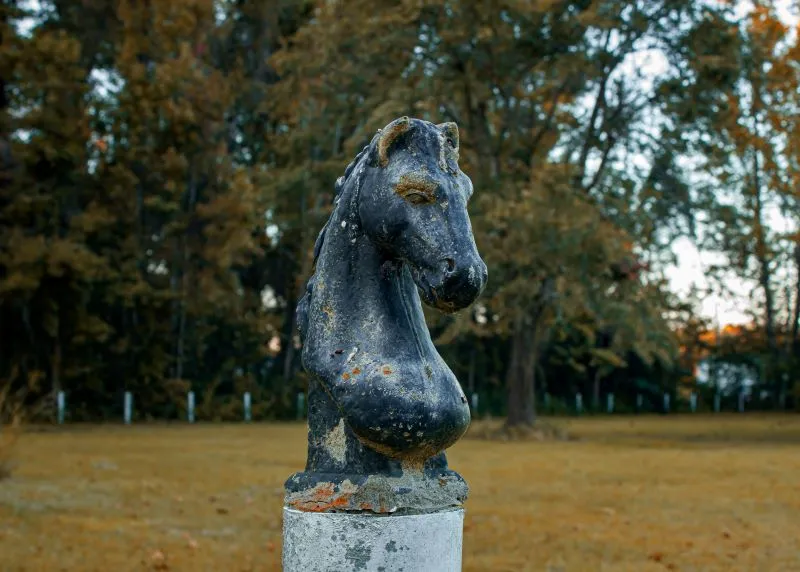
Some owners also choose a more personal tribute, such as writing a letter to a horse who passed away, letting their words carry the love and gratitude they didn’t get to say aloud.
If you live on a property with space, think about choosing a spot your horse loved—under a shade tree, near a water trough—and making it your memorial place. Even a simple engraved stone can feel deeply personal when placed in a location full of shared memories.
💬 Meghan’s Tip
Europe – History and Artistic Tributes
During a trip to England, I visited a small village church where a marble plaque honored a cavalry horse that served in World War I. The inscription spoke of loyalty, courage, and sacrifice, and I remember thinking how those words could easily apply to any horse we’ve loved. Across Europe, history and art often intertwine in horse memorials.
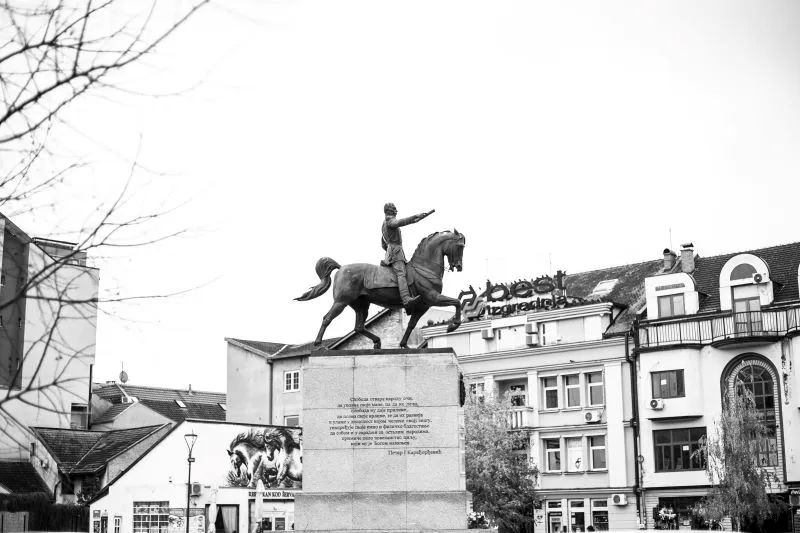
In France, it’s not uncommon to see equestrian statues in public squares, sometimes dedicated to famous riding horses or military mounts. In Germany and the Netherlands, private estates and stables may feature garden sculptures or bronze busts of beloved horses, crafted by local artists. And in countries with strong riding traditions, such as Spain and Portugal, painted portraits and hand-carved tack are displayed in homes as a form of remembrance.
These artistic tributes do more than preserve a likeness—they tell a story, blending personal memory with cultural heritage.
Alongside sculptures and portraits, many horse lovers also turn to horse death poems and memorial quotes—words that capture the same nobility and grace in a form you can carry anywhere.
If you love the idea of an artistic tribute but can’t commission a full sculpture or painting, consider a framed sketch or digital portrait from a local artist. It captures your horse’s spirit in a way a photograph sometimes can’t.
💬 Meghan’s Tip
Australia & New Zealand – War Horses and Memorial Rides
In Australia, I once attended an ANZAC Day service where a Light Horse memorial stood at the center. The names engraved on its base were not only those of soldiers, but also the horses who served alongside them. These monuments are a powerful reminder that in times of hardship, horses were not just companions—they were partners in survival.
Both Australia and New Zealand hold events to honor their equine history. Memorial rides, where groups of riders travel a set route in memory of fallen horses, are common in rural areas. In some communities, people plant trees in remembrance, creating living memorials that grow year after year.
Retired military or police horses sometimes receive formal send-offs, attended by officers, riders, and local residents. These ceremonies often include the laying of wreaths, moments of silence, and storytelling about the horses’ service and personalities.
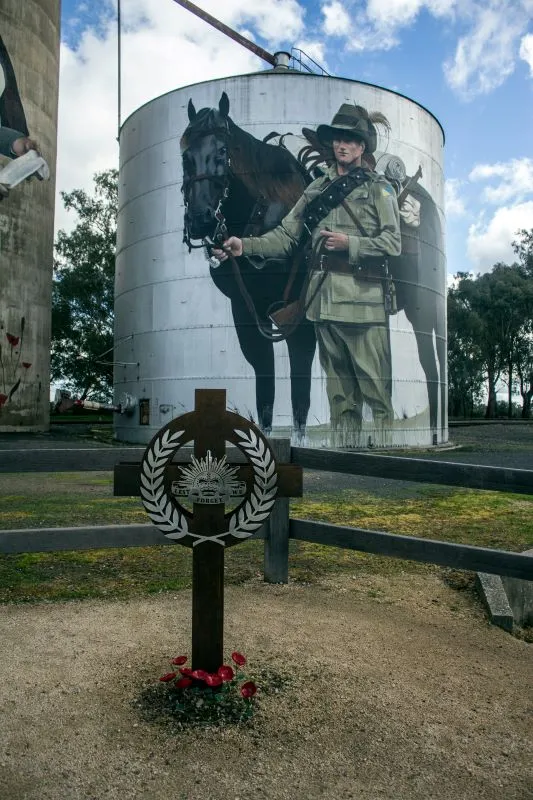
Even if you don’t have a military connection, joining a local memorial ride or equestrian charity event can be a meaningful way to honor your horse while connecting with others who understand the depth of that bond.
💬 Meghan’s Tip
Asia – Traditional Rituals and Spiritual Connections
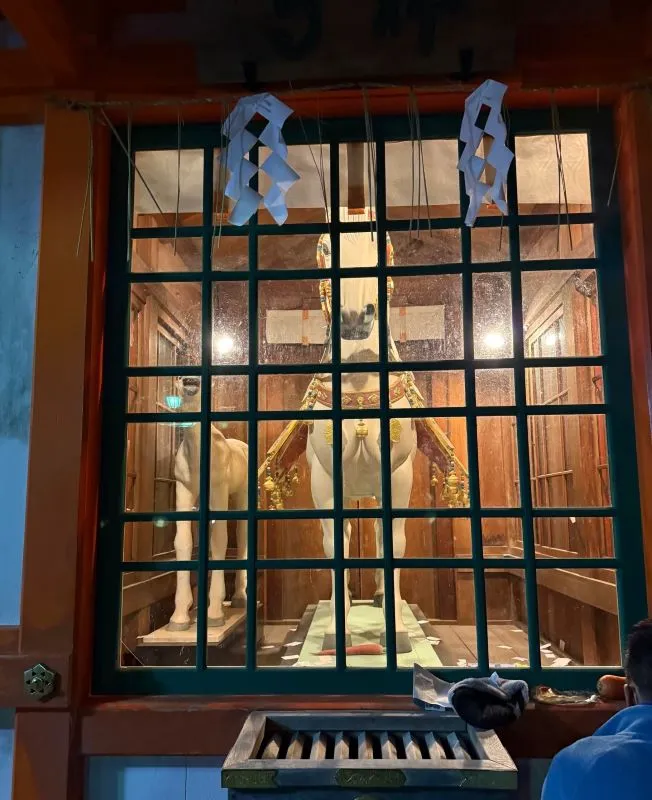
When I traveled to Japan, I visited a Shinto shrine where a carved wooden ema—painted with a galloping white horse—hung among hundreds of prayer plaques. Horses hold a sacred place in many Asian cultures, often seen as messengers between the human and spiritual worlds.
In Mongolia, horse owners honor a departed horse by tying a piece of its mane to a sacred ovoo (stone cairn), believing it helps guide the horse’s spirit to peaceful pastures. In parts of China, paper horses may be burned during memorial ceremonies as offerings, symbolizing care for the horse in the afterlife.
These traditions weave spiritual meaning into the act of remembrance, blending daily life with a deep respect for the animal’s soul. They remind me that honoring a horse can be as much about the unseen connection as it is about the physical memorial.

Beyond cultural traditions, many horse owners today also find comfort in the Rainbow Bridge poem for horses, which reimagines our companions running free in eternal pastures until we meet again.
Even if you don’t share these specific beliefs, you can adapt the idea of a symbolic offering—like placing flowers, a braid of mane, or a favorite treat at your horse’s memorial spot—as a personal gesture of care.
💬 Meghan’s Tip
Modern Global Trends – Digital and Personalized Memorials
Today, horse owners are finding new, creative ways to remember their companions. I’ve seen beautifully designed online memorial pages with photo galleries, videos, and written tributes that friends and family can visit from anywhere in the world. Social media has also become a powerful space for sharing stories, posting anniversary remembrances, and connecting with other grieving horse owners.
Some choose high-tech keepsakes, like 3D-printed models of their horse, or jewelry containing a small amount of cremation ashes. Others use augmented reality apps to place a virtual statue of their horse in their garden or barn through a phone screen.
The common thread is personalization—making the tribute as unique as the horse itself. Whether it’s a hand-painted urn, a digital scrapbook, or a custom photo blanket, the goal is the same: to keep their memory close in a way that feels deeply personal.
If you’re drawn to modern memorials, start by collecting your favorite photos and stories now. They’ll be a treasure trove whether you decide to create a printed keepsake or a digital tribute later.
💬 Meghan’s Tip
More Ways to Remember Your Pet
Your way of remembering your horse doesn’t have to follow a set formula—it just needs to feel right to you. Whether it’s inspired by a custom from halfway around the world or something you create entirely on your own, the most meaningful memorial is the one that speaks to your heart.
If you’re looking for ideas to start your own tribute, you can explore our Horse Memorial Guide for inspiration on materials, styles, and creative touches that can bring your vision to life.
And if faith is part of your healing, you may find comfort in Catholic prayers for the death of a pet, which many owners use alongside personal or cultural traditions.

